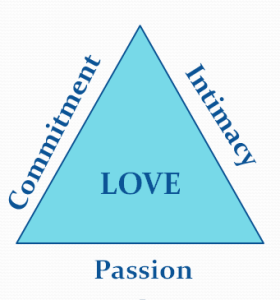Want to Be Right? Or Happily Married on the “Home Team”?
By Jamie C. Williamson, PhD
 You can be “right”, or you can stay happily married.
You can be “right”, or you can stay happily married.
That doesn’t mean you must be a doormat if you want to stay happily married.
Instead, you can accept that there is no objective reality in a relationship. There are two subjective realities – in your reality, you’re right and in your partner’s reality, they’re right.
To stay happily married, you need to find a solution that works for both of you. You can do that by following my Home Team Approach to resolving conflict.
People who care more about winning an argument and being “right” than they do about repairing their relationship, often end up divorced. Because if one person is winning, the other person is losing, and that means a loss for the home team.
Consider these common conflict examples:
Example #1: Who Started It?
Jason and Ashley are eating at the bar of their favorite local restaurant. Jason is flirting with a female acquaintance next to him and Ashley is talking to her sister on her phone. Once their food arrived, they turned toward each other. After their initial harsh “I can’t believe you…” comments they barely spoke until they got into the car and their “who started it” fight broke out.
Ashley argued that Jason started it. She would not have called her sister if he had not been flirting.
Jason argued that Ashley started it. He only flirted because she was on the phone.
They will never be able to agree on who is right in this circular conflict. And, to stay happily married, they shouldn’t even try.
Relationship communication is a series of continuous transactions. There is no clearly identifiable beginning or ending to any communication episode. When people think back over a stream of communication, they “punctuate” it by breaking the episode into smaller segments and labeling some of the segments causes and the other effects.
Punctuation allows people to identify the beginning and end of a communication event as a convenient way to understand and/or explain what happened first, second, and so on.
And people punctuate interaction in self-serving ways that reflect better on themselves and are consistent with their self-image.
The Home Team Approach to Conflict Resolution
Jason and Ashley could settle this issue by following the Four Steps in the Home Team Approach:
- Internally accept that they both experienced the event differently.
- Validate the other’s reality.
- Acknowledge their own role in what went wrong and apologize.
- Commit to not letting something similar happen again.
Ashley: You must have felt so left out. I was having such a good conversation with my sister that I didn’t realize how rude I was being to you. I’m so sorry.
Jason: You must have felt like I was trying to make you jealous. I just hadn’t seen her in a while and wanted to catch up. I didn’t think about how it might look to you. I’m sorry, too.
Ashley: Well, what a waste of a date night for us. We know better.
Jason: Let’s never let it happen again.
Example #2: No, you didn’t. Yes, I did.
Gabe and Maria drove separate cars to their cabin in North Georgia. Maria asked Gabe to stay close because she was nervous about driving through Atlanta at night. Gabe promised he would. Gabe led and kept Maria’s car in his rearview. But when he moved across lanes a car often got in between them. Maria felt panicky because she had difficulty identifying Gabe’s car in the dark.
When they arrived, Maria initiated a fight, accusing Gabe of breaking his promise and making her feel unsafe. Gabe said she was being dramatic. He did not break his promise. He stayed close and could see her car the whole time. They replayed this “no, you didn’t, yes, I did” argument the entire weekend.
The Home Team Approach Alternative
Gabe: You must have been nervous. I didn’t realize that you couldn’t identify my car among the others at night. I’m so sorry. I always want you to know that I’m looking out for you.
Maria: No wonder you think I’m overreaching. I didn’t realize you had your eye on me the whole time. Instead of fuming, I should have called to say I couldn’t find you in the traffic.
Gabe: I should have done more to ensure no cars were between us.
Maria: Let’s not waste another minute of our weekend on this. We’ll do better next time.
People who care more about winning an argument and being “right” than they do about repairing their relationship, often end up divorced. Because if one person is winning, the other person is losing, and, that means a loss for the home team.
If you can remember that you and your spouse are on the same team, you’ll worry less about being “right” and winning an argument. If you can accept that in relationships there is no objective “right” or “wrong”, you can learn to maximize your home team advantage by following my Home Team Approach to conflict resolution. And, you can stay happily married for a lifetime.
Let me know how I can help.
Jamie C. Williamson, PhD is a Florida Supreme Court Certified Family Mediator and member of the Gottman Referral Network of relationship professionals. You’ll find her at Amity Mediation Workshop, where we specialize in “friendly divorce” mediation and use the Gottman Method in our psycho-educational “Let’s Stay Together” counseling programs and workshops, designed for couples who want to restore or enhance their marital happiness. Dr. Jamie also speaks frequently on relationship topics and authors the relationship blog “Work it Out”.






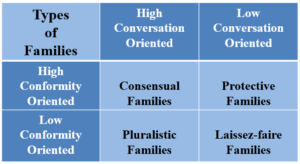
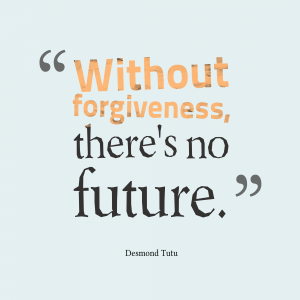
 In the end, forgiveness is a choice.
In the end, forgiveness is a choice. 
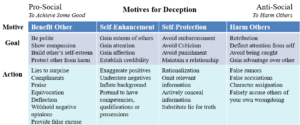

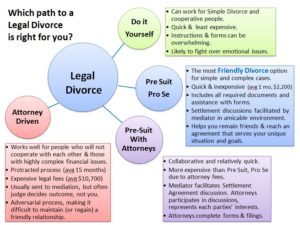



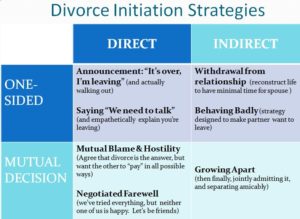 If you are contemplating divorce (and are
If you are contemplating divorce (and are 
 Each of these insightful suggestions have merit but sometimes they create a conundrum for even the most devoted fathers. For example, how does a busy Dad balance investing ample time with his children with investing quality time in his relationship with their mother – his wife?
Each of these insightful suggestions have merit but sometimes they create a conundrum for even the most devoted fathers. For example, how does a busy Dad balance investing ample time with his children with investing quality time in his relationship with their mother – his wife?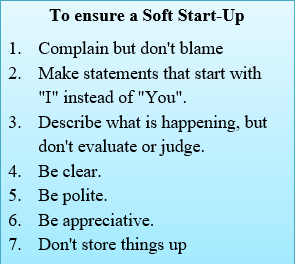 specific infraction your spouse made.
specific infraction your spouse made.

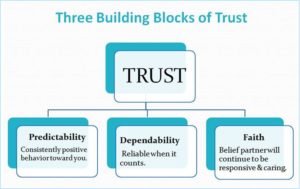
 They can’t distinguish their sense of obligation from their once loving commitment. They can’t figure out how their best friend became a stranger. They desperately want to be happy AND do the right thing. So, they are left wondering, “how unhappy do I have to be in order to justify divorce?”
They can’t distinguish their sense of obligation from their once loving commitment. They can’t figure out how their best friend became a stranger. They desperately want to be happy AND do the right thing. So, they are left wondering, “how unhappy do I have to be in order to justify divorce?”

 .
.